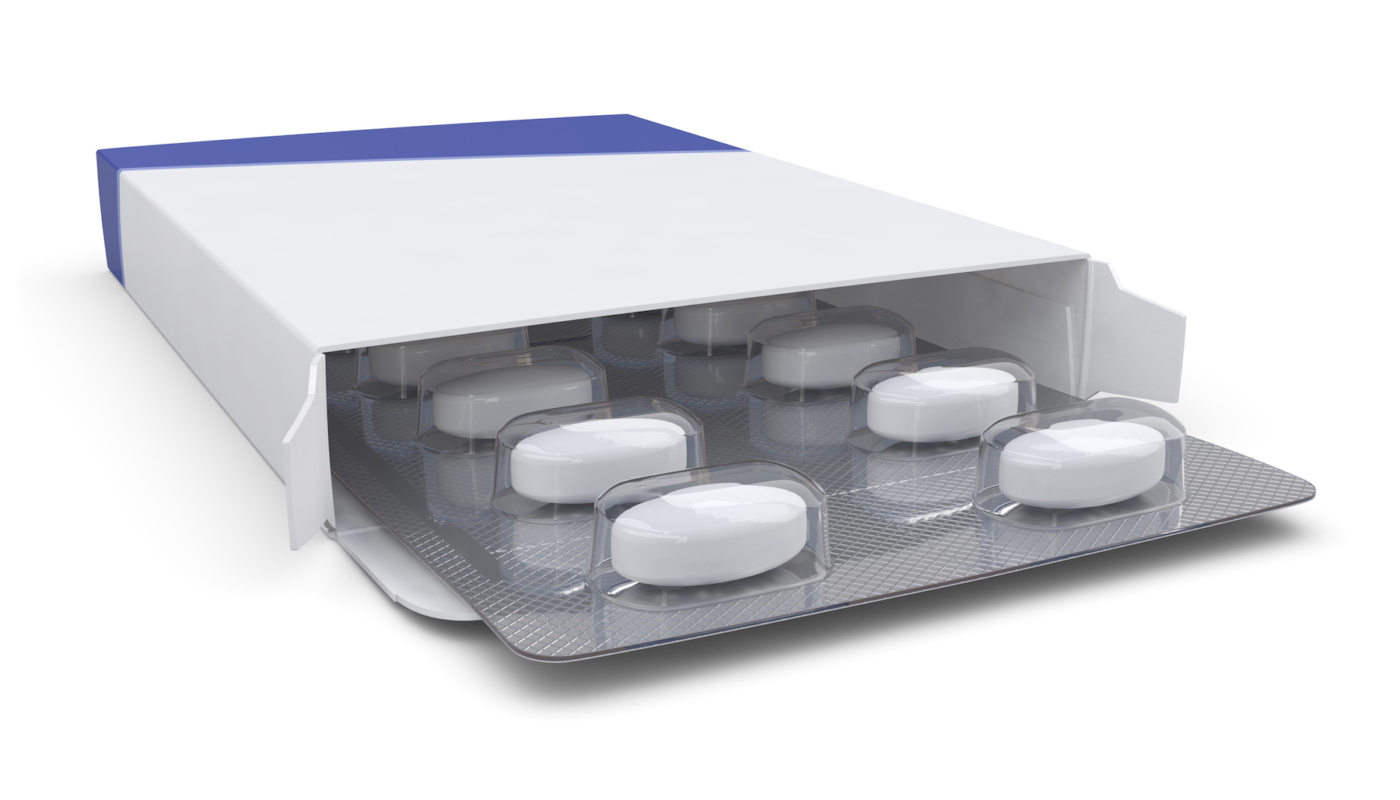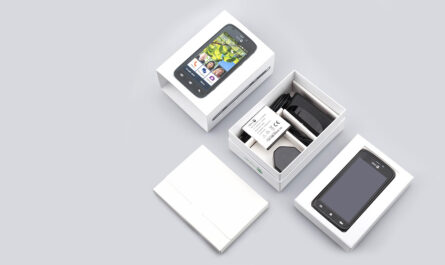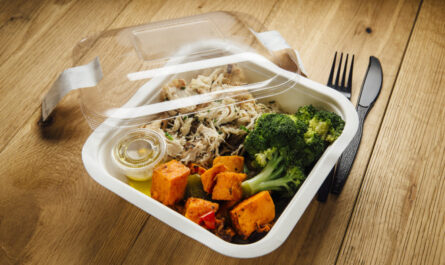It is a common form of pre-formed plastic packaging used for small consumer goods, foods, and medicinal products. In a standard blister package, the item is placed on a preformed plastic cavity or pocket which is then sealed under a thin, clear plastic cover. This creates an individual sealed cavity for each item. Blister packaging provides product protection, tamper evidence, convenience of use, and marketing advantages for both manufacturers and consumers.
Advantages
Product Protection: Blister Packaging protect products from damage, contamination, and product loss during storage and transportation. The plastic cavity cradles each item securely while the clear plastic lid creates a barrier against dirt, moisture, and other environmental factors. This extends the shelf life of products compared to loose or alternative forms of packaging.
Tamper Evidence: Blister packs make it obvious if a package has been opened prior to purchase. The clear plastic lid cannot be resealed once torn, providing visual evidence of tampering. This builds trust with consumers for products like pharmaceuticals.
Convenience: Blister packs are user-friendly and allow easy access to individual doses or items. The clear plastic enables visibility of the contents without need to open the entire package. This aids dosage compliance for medication. It also allows easy dispensing of small items like batteries or hardware parts.
Marketing Opportunities: Blister packs showcase products attractively through their clear plastic windows. Product information, branding, and graphics can be printed on the package to catch consumer attention on retail shelves. The rigidity also allows packaging of unusual shapes and sizes.
Cost Effectiveness: While the initial tooling cost may be higher, blister packs are economical at high production volumes due to their efficient use of materials. As they are compact and stackable, they minimize warehousing and transportation costs as well.
Design Flexibility
Blister packs are versatile in design and can be customized for specific products and target markets. Some design aspects that can be tailored include:
Blister Cavity Size & Shape: The plastic forming process allows creation of any size or intricate shape of cavity to securely hold the product without movement. Circular, oval, rectangular, irregular shapes can all be produced.
Lid Material & Color: The clear plastic lid can be made from a range of material options like PVC, PE, or PVDC based on required durability and barrier properties. Color lids provide decoration and brand identification opportunities.
Special Openings: Certain designs include peelable or cut-out openings for easy access. Child-resistant and senior-friendly formats are also options to consider.
Additional Features: Designs may integrate features like printed folding strips, bracket attachments, or perforations for easier opening and closing. Special designs are used for medical patch storage.
Retort Compatibility: Blister packs can be made from heat resistant materials to withstand retort or other thermal sterilization processes required for certain products.
Sustainable Designs
With growing environmental consciousness, blister pack manufacturers have focused on more sustainable design and material options:
– Recyclable Plastics: Commonly used plastics like PET, PP and PE allow production of recyclable blister packs. Some include recycled content.
– Reduced Plastic: Engineers have decreased the plastic gauge while maintaining strength through improved forming techniques.
– Peelable Lidding: Some packs feature lidding that can be peeled off and recycled separately from the blister tray to aid sorting at recycling facilities.
– Child-Resistant Recyclability: Designs have been developed to maintain product protection with easy recyclability even in child-resistant formats.
– Compostable Options: Plant-based compostable bioplastics are being trialled for blister formulations with appropriate barrier properties.
Quality Standards Compliance
Blister packaging undergoes stringent requirements to ensure product quality, safety and regulatory compliance:
– Seal Integrity Testing: Burst tests, peel tests, and seal strength tests verify the seal around each cavity maintains package integrity under pressure changes or rough handling.
– Material Certifications: Manufacturers certify that packaging materials meetfood contact, pharmaceutical contact or other applicable material standardsbased on product requirements.
– Tamper Evidence Standards: Designs undergo tests to meet tamper evidence standards to clearly show signs of opening
– Regulations Compliance: Manufacturing process and facilities are audited to comply with regulations like cGMP, GDP for drugs and medical devices.
As a highly effective form of product packaging, Blister Packaging will continue gaining popularity across industries requiring robust protection and tamper evidence in a user-friendly format. Ongoing innovation is expanding design possibilities and environmental friendliness of blister packaging.
*Note:
1. Source: Coherent Market Insights, Public sources, Desk research
2. We have leveraged AI tools to mine information and compile it



